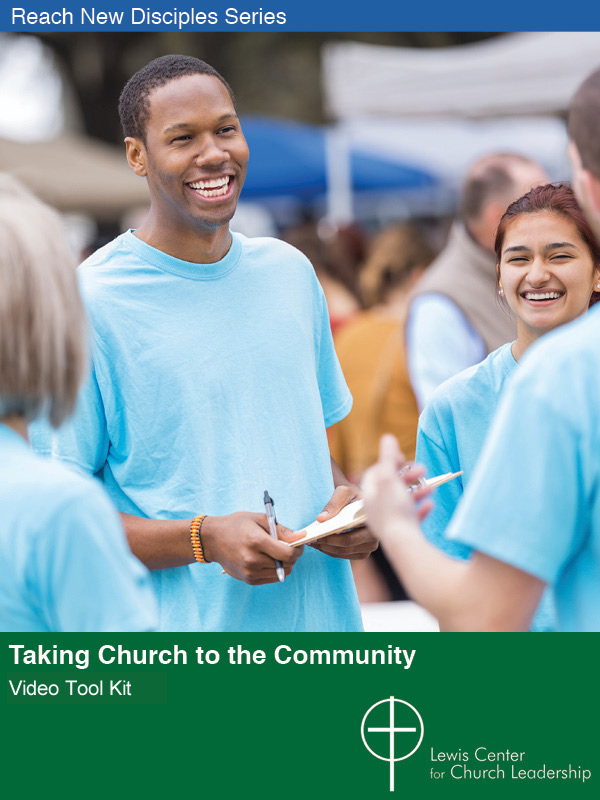Church tech expert Will Rice says churches with weekday childcare programs will have people looking for daycare regularly visiting their websites. He outlines ways to maximize the opportunity for families seeking childcare to connect with the other things the church has to offer.
Does your church have a highly regarded daycare program or weekday children’s ministry? You may proudly dedicate a portion of your website to this ministry but worry about the lack of connection between constituents of the weekday programs and your congregation. This is an important concern since all your church programs need to connect with your congregation’s overall mission.
The overall goal for a daycare webpage is larger than helping people discover your daycare. It should help people discover your church. So, what steps might help people move from visiting your childcare page to visiting your church?
First, let’s own that not everyone interested in your day school is going to be interested in your church. In fact, many may already go to church somewhere else. However, we know one thing about almost everyone searching for daycare: they have kids. Maybe they are grandkids, foster kids, nieces, or nephews. But they have kids. And the presence of children in a household increases the likelihood of someone going to church for the first time or going back after an absence.
So, while not everyone visiting your childcare ministry webpage is going to be interested in your church, it is likely that some people searching for daycare are also searching for something else. Offer it to them!
1. Make sure the webpage is ready for visitors.
Your childcare ministry page should be created, designed, and maintained with excellence. This helps the reputation of your ministry and your church. People make decisions about your program and your church in seconds. Before they read one word of text, their brain has evaluated the site and created an impression that won’t likely change. Things like color, font choice, layout, images, and even load times are critical. So, once you have designed your site, show it to some people who aren’t associated with your church to get their reactions.
I am still surprised by the number of churches whose day school webpages look nothing like the church’s website. If the day school program is an outreach ministry of the church, its branding should look like the church’s branding. That means using the same fonts, the same color scheme, and the church’s logo. If the school has a logo of its own, it should complement the church’s logo, and they should both appear prominently on the page.
2. Connect with the visitor’s natural interest in children.
Church website statistics will often show that more people visit the childcare ministry page than the main church website. If the school or care program is an outreach ministry of the church, wouldn’t we want to invite people to engage in the other ministries of the church? Especially other ministries that care for kids? Even the smallest church, could add a link that says, “Did you know we offer Sunday School for kids of all ages on Sunday morning?” If your church offers Vacation Bible School, children’s choirs, parenting classes, or other family activities, make sure it is easy to discover these from your childcare ministry page.
3. Let people know about your church’s mission and values.
People may be on your site looking for childcare, but they may also be searching for something more. If they are not part of a faith tradition, they may be curious to know what your church is about. They might want to know for the sake of their kids, or they might just be curious. I can envision links saying, “Have questions about the Christian faith?” or “Do you want to know more about what we believe?” or even, “Do you wonder why a church offers a day school program?”
4. Connect visitors with content that will help them.
Blog posts or other online articles provide a great way to bridge the gap between just looking for childcare and learning more about church. What if you provided links to blog posts helpful to children and their parents? For example, “How Faith Formation Prepares Children for Adulthood,” “Why is it Important to Attend Church as a Family?”, “More Than Bible Stories: What Can Children Learn in Sunday School,” or “How Can Church Help Me Be a Better Parent?”
I don’t recommend overwhelming online visitors with something other than what they are seeking, but these links can be presented in a nonintrusive manner to be available for those who are interested. The goal is to help those seeking more to make the leap from a casual online visit to a relationship with your church.
These possibilities can get you thinking about how specialized ministries can connect online visitors more directly with the larger mission of your congregation. They can bridge the divide that exists in many churches between serving ministries and discipleship formation.
This article is adapted from one that appear on Pastorwill.net, which focuses on effective church ministry through communications and technology. Used by permission.
Related Resources
- Church Childcare Programs: Income Generators or Missional Opportunity? by Doug Powe
- 7 Ideas for Making Vacation Bible School an Evangelism Opportunity by Doug Powe
- The New Church Family by Ann A. Michel







